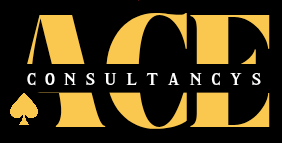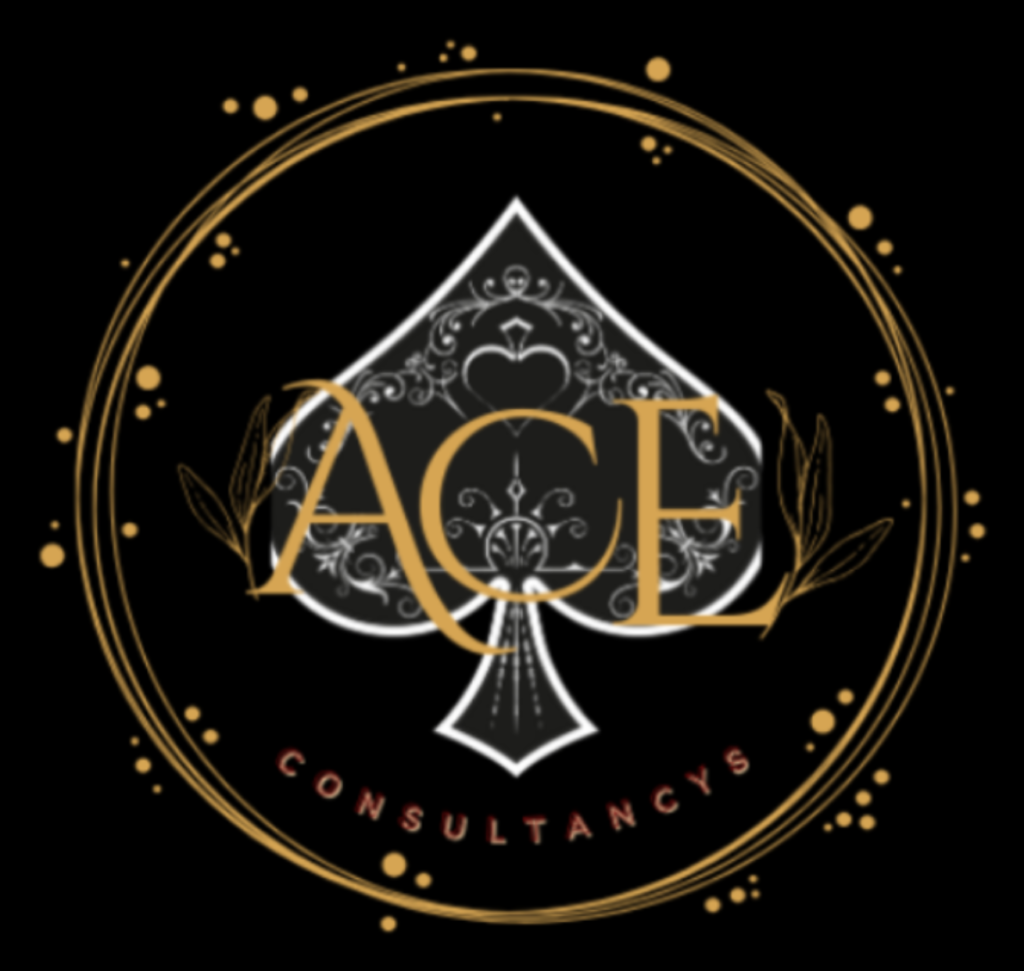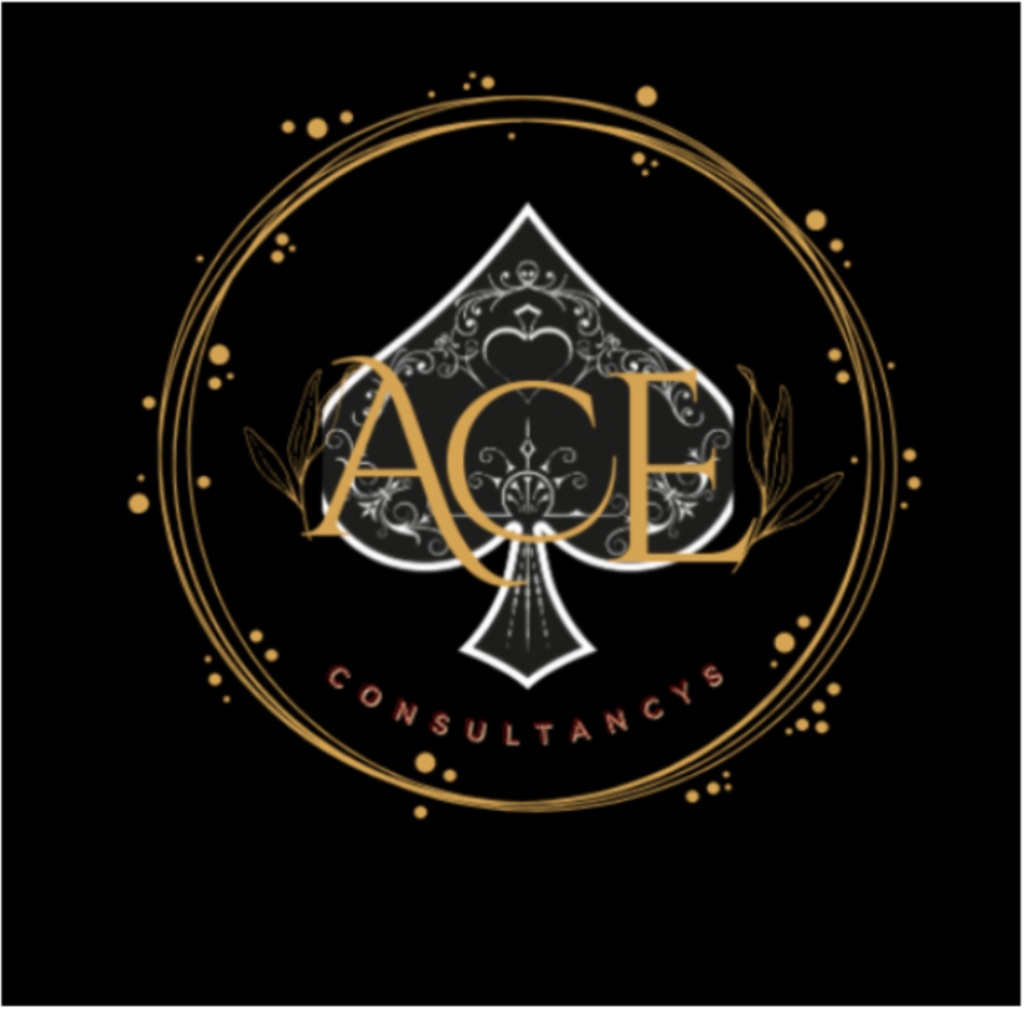Introduction
In today’s competitive business landscape, outbound calling remains a powerful tool for lead generation, sales, and customer retention. However, without proper measurement, call centers and sales teams operate in the dark, making decisions based on gut feeling rather than concrete data. Outbound calling metrics provide the quantifiable framework needed to optimize performance, coach agents effectively, and ultimately drive revenue growth. Recent research shows that companies using comprehensive outbound calling metrics see 27% higher conversion rates than those relying on basic measurements alone, according to Gartner’s 2023 Sales Performance Report. This article explores the essential metrics that determine outbound calling success, helping you transform your calling operations from guesswork to precision.
Conversion Rate: The Ultimate Success Indicator
The conversion rate stands as the most direct measure of outbound calling success, representing the percentage of calls that achieve your desired outcome. Whether you’re selling products, booking appointments, or generating leads, this metric reveals your team’s effectiveness at turning conversations into commitments. According to HubSpot’s State of Sales Report 2024, top-performing outbound teams maintain conversion rates between 8-12%, significantly higher than the industry average of 2-3%. To improve this crucial metric, focus on script optimization, objection handling training, and developing a clear understanding of your ideal customer profile.
Call Volume and Productivity Metrics
Call volume metrics measure the raw output of your outbound calling efforts, providing insight into productivity and efficiency. Key measurements include calls per hour, total daily calls, and talk time versus idle time. These metrics help identify outliers in both directions—agents making too few calls or rushing through too many without quality engagement. A study by the Sales Engagement Platform Outreach found that successful outbound teams make 35% more calls per day than underperforming teams, but also spend 20% more time on each productive conversation. Finding the sweet spot between quantity and quality is essential for optimizing outbound calling success.
Answer Rate and Contact Ratio
Even the most compelling sales pitch falls flat if no one answers the phone. Your answer rate—the percentage of calls that connect with a live person—directly impacts every other outbound calling metric. According to research from RingLead, B2B sales teams achieve the highest answer rates (14-18%) when calling between 8-10 AM and 4-5 PM local time. Additionally, Wednesday and Thursday produce contact rates approximately 15% higher than Monday and Friday. Tracking your answer rates by time of day, day of week, and even by area code can help optimize calling schedules and significantly improve overall campaign performance.
Lead Quality and List Penetration
The quality of your calling list dramatically influences outbound success. List penetration measures how effectively you’re working through your prospect database. Research by InsideSales.com reveals that 67% of sales are lost due to improper lead qualification, while proper lead scoring can improve conversion rates by up to 30%. Key metrics in this category include the percentage of list called, records per conversion, and cost per lead. By tracking these metrics, you can identify which lead sources provide the highest quality prospects and focus your outbound calling efforts where they’ll generate the greatest return.
Sales Cycle Metrics
How quickly can your team move prospects from initial contact to closed deal? Sales cycle metrics measure the time efficiency of your outbound calling process. According to data from CSO Insights, organizations with clearly defined sales cycle metrics experience 17% higher win rates than those without such measurements. Important time-based metrics include average days to conversion, follow-up frequency, and callback completion rate. These measurements help identify bottlenecks in your sales process and opportunities to accelerate revenue generation through process improvements.
Quality and Compliance Metrics
In an era of increasing regulation and consumer privacy concerns, compliance isn’t optional—it’s essential for sustainable outbound calling success. Quality and compliance metrics track adherence to both internal standards and external regulations like the TCPA, TSR, and GDPR. According to a 2023 report by the Professional Association for Customer Engagement (PACE), companies with robust compliance monitoring programs experience 74% fewer consumer complaints and 56% fewer regulatory actions. Key metrics include script compliance rate, do-not-call violations, and proper disclosure rates. Regular call monitoring and scoring systems help maintain high standards while protecting your organization from potentially costly penalties.
Customer Satisfaction and Retention
The ultimate measure of outbound calling success extends beyond the initial conversion. Customer satisfaction metrics like Net Promoter Score (NPS), post-call surveys, and retention rates reveal whether your outbound efforts are building lasting relationships or simply closing one-time transactions. Research from Bain & Company shows that increasing customer retention rates by just 5% increases profits by 25% to 95%. For outbound calling teams, tracking callback requests, repeat conversions, and referral rates provides insight into the long-term value of your calling approach.
Conclusion
Effective outbound calling requires more than just picking up the phone and following a script. By implementing robust measurement of these seven critical outbound calling metrics, organizations can identify specific improvement opportunities, optimize agent performance, and significantly increase return on investment. Remember that metrics should always align with business objectives—conversion rates matter most when they’re measuring conversions that drive revenue or strategic goals. As technology continues to evolve, the most successful outbound calling teams will be those that balance productivity metrics with quality indicators, creating a comprehensive measurement framework that drives continuous improvement.
What metrics has your organization found most valuable for measuring outbound calling success? We’d love to hear your feedback on this article and invite you to share it with colleagues who manage outbound calling operations. Your insights help us continue providing relevant content for sales and customer service professionals.
FAQ
1. How often should we review our outbound calling metrics?
Best practice is to review key metrics daily at the agent level and weekly at the campaign level. High-performing call centers conduct monthly deep-dive analyses to identify trends and adjust strategies accordingly.
2. Which metric should we prioritize if we’re just starting to measure our outbound calling performance?
Begin with conversion rate as it directly ties to revenue outcomes. Once you’ve established baseline conversion measurement, expand to contact ratio and call quality metrics to understand what’s driving your results.
3. How can we improve low answer rates?
Consider implementing local presence dialing, optimizing calling times based on data, refreshing aging contact lists, and using voicemail strategies that encourage callbacks. Testing different approaches with A/B splits can identify what works best for your specific audience.
4. What’s a good benchmark for outbound calling conversion rates?
Industry averages vary widely from 2-12%. Financial services typically see 2-5%, while appointment setting might reach 8-12%. The most important benchmark is improvement against your own historical performance.
5. How do compliance requirements impact outbound calling metrics?
Compliance necessitates additional quality metrics like consent verification rates and do-not-call violations. While prioritizing compliance may initially reduce efficiency metrics, it ultimately improves campaign sustainability and protects against costly penalties.
Read More : https://aceconsultancys.com/lead-generation-mistakes/










